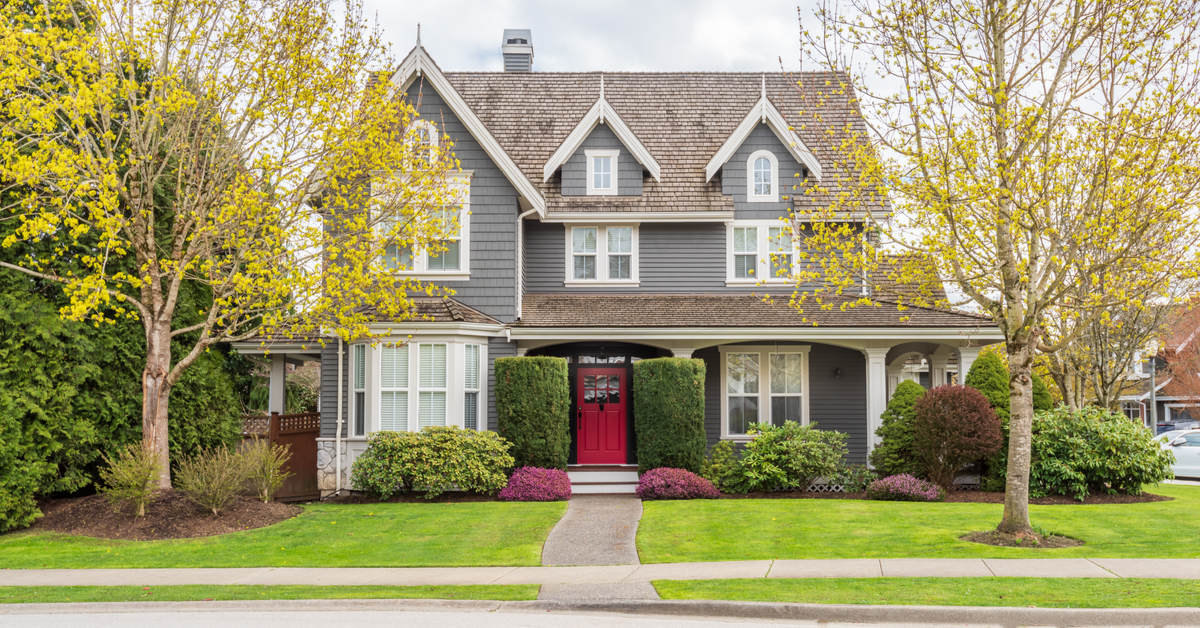Home prices nationwide continue to rise, much to the collective dismay of those in the prospective buyer pool. But if house hunters are looking for some sliver of good news, First American Financial Corp.’s recent Real House Price Index (RHPI) data confirms that, despite ongoing appreciation and increasing mortgage rates, homes today are still more affordable than they were at the peak of the previous housing boom.
The RHPI measures the price changes of single-family properties, adjusted for the impact of income and interest changes, to provide a measure of affordability. According to the index, U.S. real house prices increased by 26.8% year over year and by 6.3% month over month in January. No states saw an annual decrease in the RHPI, with Arizona seeing the largest annual increase. Real house prices there rose by 38.3%. Florida (37.4% annual growth), South Carolina (35.6%), Georgia (34.2%) and Connecticut (33.5%) rounded out the top five.
“In the first report with 2022 data, the Real House Price Index jumped up by nearly 27%, the fastest growth in the RHPI since 2004,” said Mark Fleming, First American’s chief economist. “This rapid annual decline in affordability was driven by a 21.7% annual increase in nominal house prices and a 0.7 percentage-point increase in the 30-year fixed mortgage rate compared with one year ago.
“Even though household income increased 5% since January 2021, it was not enough to offset the negative impact on consumer house-buying power from higher rates and fast-rising nominal prices.”
Despite the big price jump, however, Fleming said that homes remain vastly more affordable than they were during the apex of the housing boom in 2006.
“Nationally, real house-buying, power-adjusted house prices remain 29% below the peak in April 2006,” he said. “While consumer house-buying power declined in January 2022, it remains near record levels and more than double the level of consumer house-buying power in April 2006 thanks to higher household income and significantly lower mortgage rates.”
Consumer homebuying power — the amount that someone can afford based on changes in income and interest rates — dipped by 4% on a monthly and yearly basis in January, per the RHPI. Household incomes, Fleming explained, were nearly 48% higher in January than they were in April 2006, while the average mortgage rate (even though it is up from the historic lows it has hovered around recently), is more than 3 percentage points below the April 2006 level. With such elements factored in, real house prices nationally are at roughly the same level they were in 2000, per First American’s calculations.
Many cities are substantially more affordable than their prior peaks, including Washington, D.C. (where homes are 53% more affordable than their last peak); Baltimore (53%); Chicago (52%); Miami (50%); and Riverside, California (48%).
Moving forward, First American expects further ebbing of affordability in the near term, Fleming said, although he noted that historical context remains important.
“House prices are widely expected to continue to increase, although at a slower pace, and mortgage rates are likely to rise, so it’s likely that affordability will decline further,” he said. “But, in most markets, we’re still a long way from the mid-2000s boom.”






